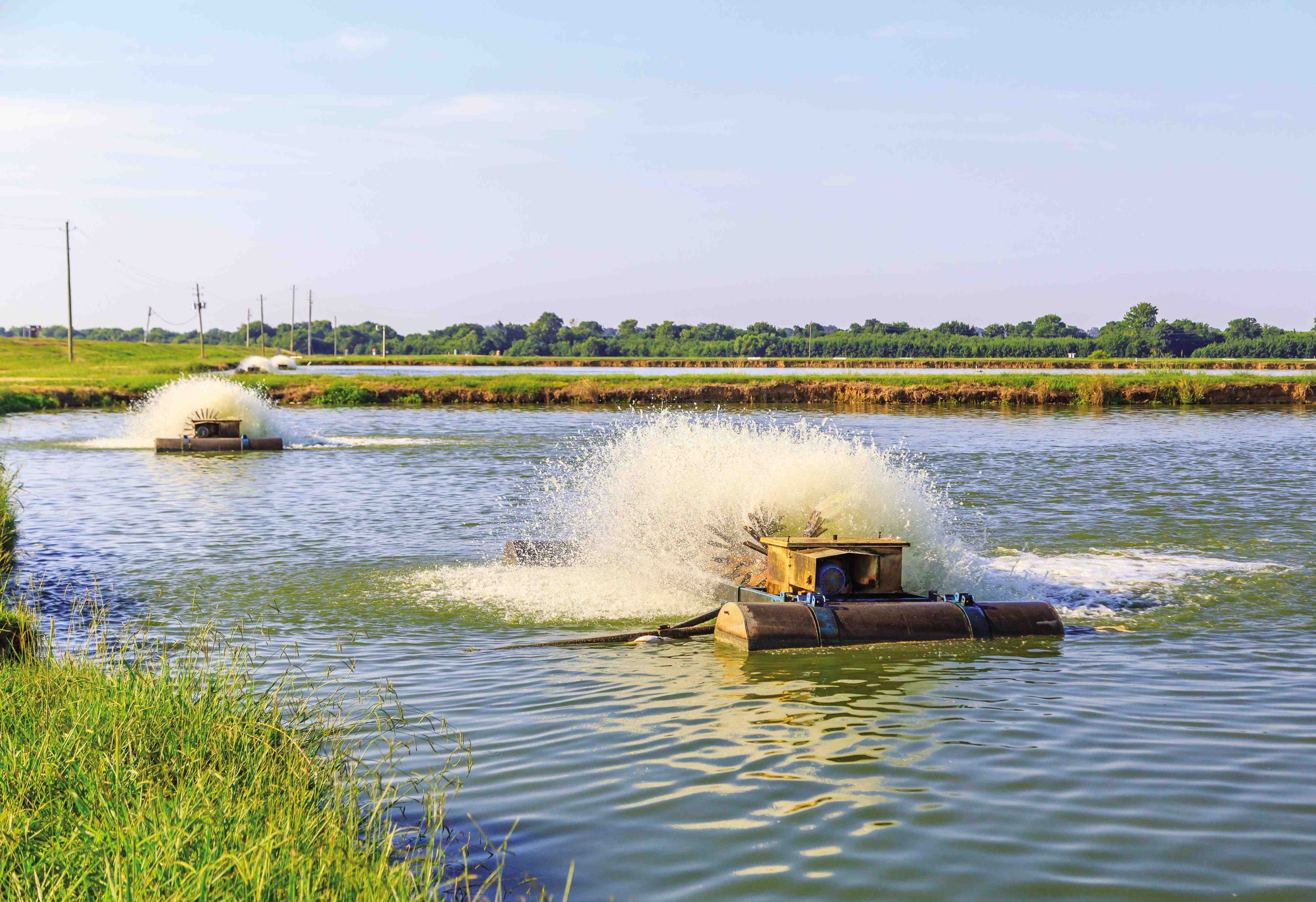By Mark Stowers
The catfish are biting. The industry that began in 1959 in Yazoo County has seen its share of peaks and valleys in its economic pond. In its heyday of the 1970s there were more than 100,000 acres of catfish ponds scattered across three states. But with the high cost of feed and other inputs combined with a low price per pound of catfish, many farmers plowed under their fish dreams and rowed up profits in grain crops. But the 1990s saw a rise in the fish industry but that was met with an overabundance of fish in the US and the invasion of Asian fish famers into the U.S. markets that once again plummeted the price farmers were getting.
The land that once touted its pond acreage now only has 1/3 of that 100,000 acres. Mississippi State extension aquaculture professor, Dr. Jimmy Avery noted that there are now “34,700 acres and the industry is faring well with low feed prices and good fish prices.”
U.S. Catfish Institute vice president, Jeremy Robbins is happy to see the resurgence of catfish but understands there is a long road ahead.
“When you look in seafood cases in the grocery store, about 95 percent of the catfish is imported,” Robbins said. “A big goal of our is to educate consumers. You have to ask and look for the label that shows where the product is coming from.”
These days, Robbins notes that they U.S. catfish market is making a comeback after two huge economic setbacks.
“The industry is doing well. We did go through a significant decline since about 2002 when imports really started coming in,” Robbins said. “Industry prices dropped significantly because the import fish was tremendously less expensive. Then in 2008, we had another decline with the national economic recession.”
Robbins explained that the recession made it harder for farmers to get loans to keep their operations afloat.
“Loans became more difficult so a lot of people got out of catfish and back into row crops. You’ll see a lot of ponds across the Mississippi Delta and Arkansas Delta that are drained and have row crops growing in them instead of catfish.”
But now there is a reverse in that trend according to Robbins.
“But over the last four years, we’ve had really strong prices for the farmer and we’re going on more than four years of more than one dollar a pound going to the farmer. That helps them re-invest in their farms. So, now we see a lot of farmers reworking their ponds that have been neglected and we’re also seeing new ponds being put in. That’s the first time in a good 15-20 years seeing new ponds.”
The present and future is looking bright for those still in the catfish industry.
“The health of the U.S. catfish industry is as good as it’s been in quite some time,” he said. “We still have struggles but the outlook is good.”
According to Robbins, “in the billion-pound catfish market, the imports own 2/3 of that. We grow about 350 million pounds of catfish a year. And we realize that when the imports started overtaking our markets about 15 years ago, we’d have to think differently. So, we re-aligned our market to focus on the U.S. side of things and encourage people to buy form U.S. farmers.”
Sales in the U.S. have been strong and have grown even though “acreage wise we have 50 percent less than we had 10 years ago but our production has stayed the same. We’re smarter about how we grow the fish and are instituting better technology and farming techniques.”
Split ponds and raceway systems help maintain a better quality product according to Robbins. Farmers are using a third of a pond to grow fish while the other 2/3 act as a water filtration system keeping the fish always in fresh water.
Dr. Avery noted there are still obstacles to overcome and work through.
“Challenges include adjustments to USDA FSIS inspection and loss of fish to birds and diseases,” Dr. Avery said. “But losses are hard to quantify. Bird problems are primarily the result of loss of permits to control Double-crested cormorants. Bacterial diseases continue to cause economic losses.”
One positive note about input costs is that “Feed prices are stable around $320 depending on protein level,” according to Dr. Avery.
Robbins notes that there are still strong processing plants but no new ones have been added. In the Delta, there are seven major ones handling what the farmers produce. The healthy catfish industry has room to grow.
“There are small pockets of farmers making new ponds but nothing like the boom days of the 80s and 90s but certainly the industry is healthy enough where people want to re-invest in catfish farming,” Robbins said.
It takes about 18-months to two years for catfish to mature to a one-pound weight and a full-grown farm raised catfish weighs between one and two pounds. August was National Catfish Month and there is a National Catfish Day in June and all things catfish are celebrated during the World Catfish Festival in Belzoni each April. The once proud industry has suffered attrition and invasion from foreign markets but the strong resolve of the U.S. catfish industry has helped it make a comeback. To learn more about the U.S. Catfish Institute, check out their website, www.uscatfish.com.

